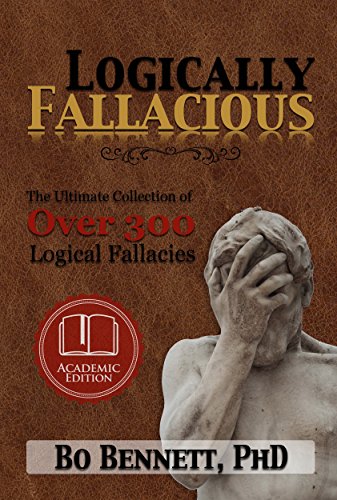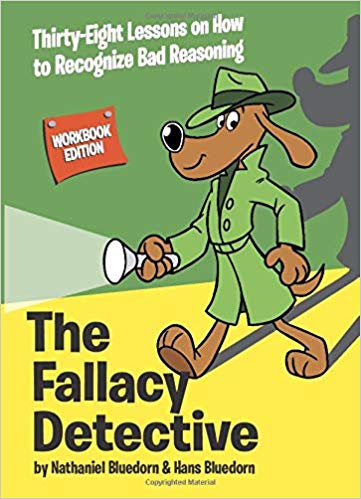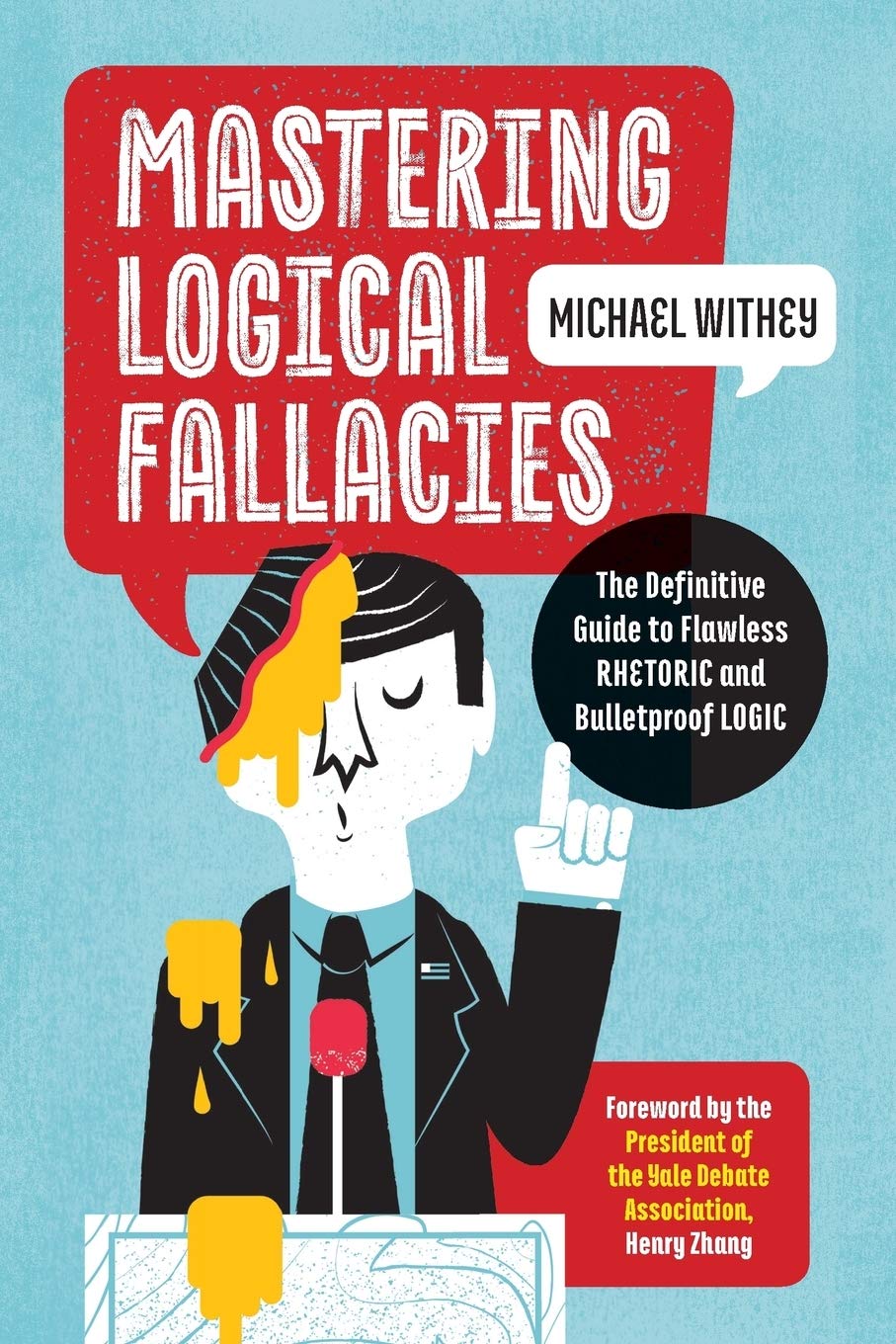
Syllogistic Fallacies
When logical fallacies occur in the syllogisms of deductive reasoning. This occurs with a reference to something general, and then makes a conclusion about something more specific.
Definition of a categorical syllogism is an argument with two premises: one syllogism and one conclusion.
- A: All S are P. (Ex. All dogs are mammals.)
- E: No S are P. (Ex. No cats are fish.)
- I: Some S are P. (Some logicians are philosophers.)
- O: Some S are not P. (Some men are not clowns.)
Example of Syllogistic Fallacies
- All sharks are fish (All S are P.)
All salmon are fish (All x are P).
Therefore all salmon are sharks. (All x are P.)
The two generalities in the first two statements are true, but they do not validate the conclusion being drawn. - No philosophers are elephants.All elephants are mammals.Therefore no philosophers are mammals.
Though it is true that there are no philosophers that are elephants, and that all elephants are in fact mammals. These do not negate the fact that philosophers (humans) are mammals.
Alternative Name: Fallacy of the Undistributed Middle

Books About Logical Fallacies
A few books to help you get a real handle on logical fallacies.





Syllogistic FallaciesExtended Explanation
Syllogistic fallacies are a type of logical fallacy that occur when the conclusion of a syllogism (a logical argument consisting of two premises and a conclusion) is invalid or unsupported by the premises. Syllogistic fallacies are common in everyday arguments, as well as in more formal logical proofs.
Types of Syllogistic Fallacies
There are several types of syllogistic fallacies that can occur in an argument, including:
- Undistributed Middle: This fallacy occurs when the middle term in a syllogism is not distributed (i.e. does not refer to all members of the category it represents). For example, "All birds have feathers. All penguins have feathers. Therefore, all penguins are birds."
- Illicit Major: This fallacy occurs when the major term in a syllogism is distributed in the conclusion, but not in the premises. For example, "All dogs have fur. Some animals have fur. Therefore, some animals are dogs."
- Illicit Minor: This fallacy occurs when the minor term in a syllogism is distributed in the conclusion, but not in the premises. For example, "All dogs have fur. All animals have fur. Therefore, all dogs are animals."
- Exclusive Premises: This fallacy occurs when both premises of a syllogism are negative, making it impossible to draw a valid conclusion. For example, "No dogs are cats. No cats are birds. Therefore, no dogs are birds."
Identifying Syllogistic Fallacies
Identifying syllogistic fallacies can be challenging, as they often involve complex logical reasoning and assumptions. However, there are some key signs to look out for when evaluating an argument for syllogistic fallacies. These include:
- A conclusion that is not supported by the premises of the syllogism
- Missing or ambiguous terms in the premises of the syllogism
- Invalid distribution of terms in the premises or conclusion of the syllogism
- Negative premises that make it impossible to draw a valid conclusion
Avoiding Syllogistic Fallacies
To avoid syllogistic fallacies in your own arguments, it is important to carefully evaluate the premises you are using to support your claims. Make sure that your premises are clear, unambiguous, and provide sufficient evidence to support your conclusion. Additionally, be sure to use valid and appropriate syllogisms that follow accepted rules of logic.
By being aware of the types of syllogistic fallacies that can occur in an argument, and by carefully evaluating the evidence and reasoning used in your own arguments, you can avoid falling victim to these common logical errors.